Is the Biggest Loser Controversy Just Another Example of Fat-Shaming?
Slammed for being too heavy and too thin. Can someone really win the Biggest Loser? By Meredith Fineman
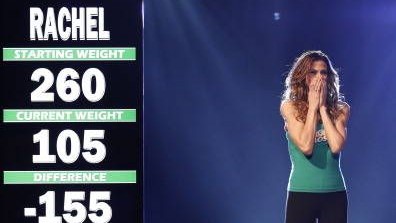
No doubt you've heard the brouhaha surrounding Rachel Frederickson, the winner of this season's The Biggest Loser, who shed 56% of her body weight (a Biggest Loser record), dropping from 260 pounds to a startlingly slim 105. The requisite before and after photos are dramatic--too dramatic, it would seem, because now Frederickson is being slammed for being "too thin". Except the explicit goal of the show is to lose weight.
But if you're Rachel Frederickson, you really can't win, can you? When she was heavier, Frederickson shared how uncomfortable she was in her own skin. Her life was difficult in all the ways you'd expect of a morbidly obese 24-year old. Getting around left her breathless and achy. Her romantic life was nil, and her weight put her at significant risk of diabetes and heart disease. So she threw herself into the competition, insisting that while she ate a healthy 1600 calories a day (under the supervision of a Biggest Loser nutritionist), she exercised for several hours at least four times a day. Not surprisingly, the weight melted away.
Critic and viewers rushed in with their own armchair assessments. She must have an eating disorder! But this very criticism is the raison d'etre of the show itself, which showcases extreme exercise and dieting the way Survivor glorified extreme deprivation. The contestant with the most stamina, the willingness to "do whatever it takes" usually wins. And to the victor go the spoils.
The Biggest Loser is, at its very core, a show about fat shaming. It parades overweight Americans as totems of unhealthy behavior and then incentivizes them to go to absurd and unsustainable lengths to be thin: take a break from your job, live in a house with other people who've committed to nearly identical weight loss goals, enjoy round-the-clock counseling from physicians, nutritionists, and trainers, and enjoy healthy and carefully calibrated food prepared by a chef. How's that for reality television? Is it any wonder that Frederickson would emerge from the experience practically skeletal?
The only surprise is that we haven't seen a contestant this emaciated before now.
In this way, the show also highlights the impossible standards for women, in particular, when it comes to weight. Let's get real: If a man had won, with his ribcage protruding as Frederickson's did, would there be such an outcry about anorexia? Seems unlikely. But for women, there's a much narrower bandwidth of acceptable weight. Fall outside those metrics, on either side, and prepare for some fallout. If we've learned anything from the latest Biggest Loser flap it's that being too thin is as fraught and despised a state as being too fat. Good luck finding the middle ground.
Meredith Fineman is the founder of FinePoint PR. You can read more of her writing here.
Stay In The Know
Get exclusive access to fashion and beauty trends, hot-off-the-press celebrity news, and more.
Dedicated to women of power, purpose, and style, Marie Claire is committed to celebrating the richness and scope of women's lives. Reaching millions of women every month, Marie Claire is an internationally recognized destination for celebrity news, fashion trends, beauty recommendations, and renowned investigative packages.
-
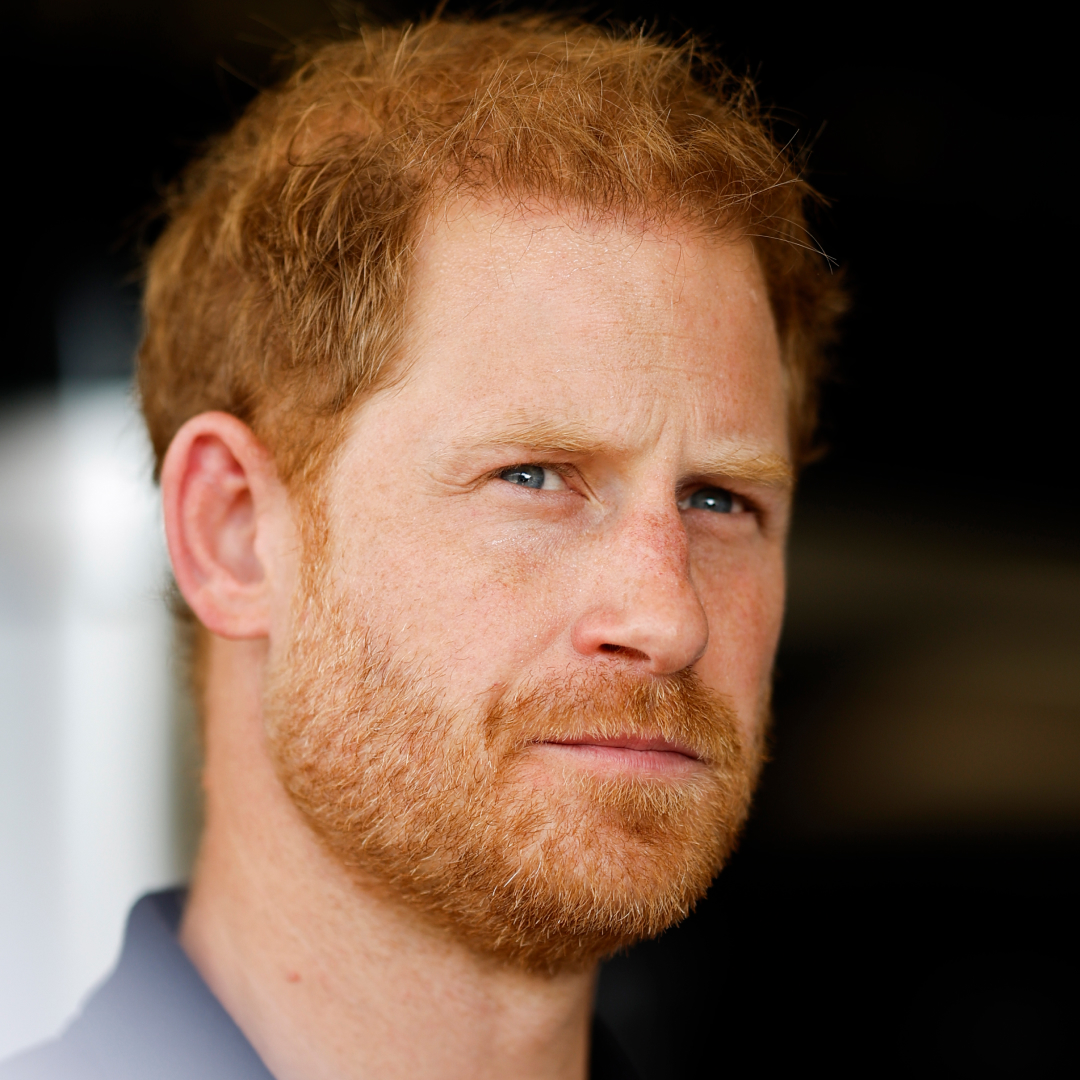 The Special Gift Lilibet Received From "Papa" Prince Harry
The Special Gift Lilibet Received From "Papa" Prince Harry"Made with love."
By Amy Mackelden Published
-
 Kendall Jenner Trades Her Coachella Bag for a $5,600 Tote
Kendall Jenner Trades Her Coachella Bag for a $5,600 ToteThe model took her rich-girl aesthetic all the way to the desert.
By Amy Mackelden Published
-
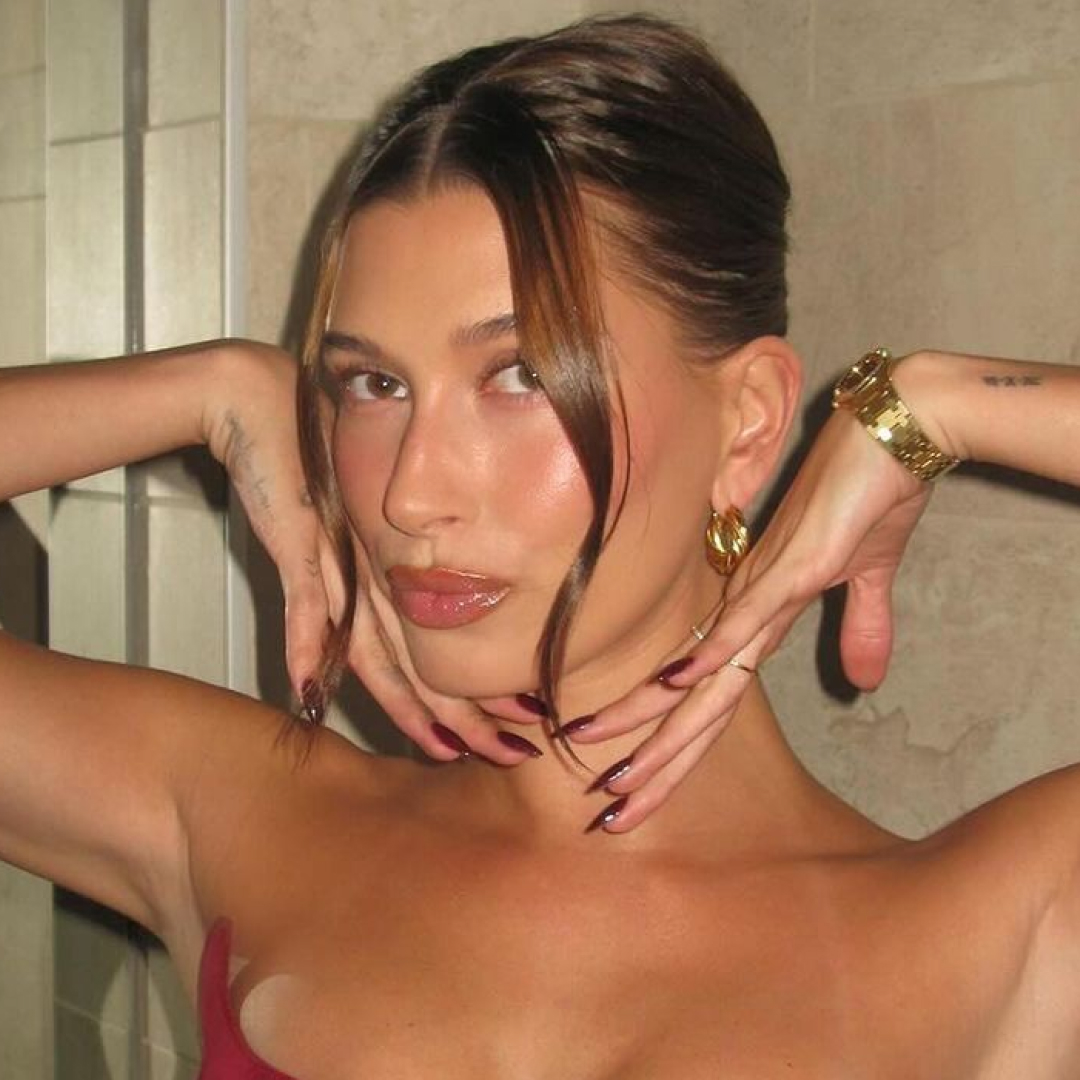 Hailey Bieber Combines Vintage Mugler With 2025's Sneaker Trend
Hailey Bieber Combines Vintage Mugler With 2025's Sneaker TrendThe model wore the perfect high-low combination for a night at the festival.
By Amy Mackelden Published
-
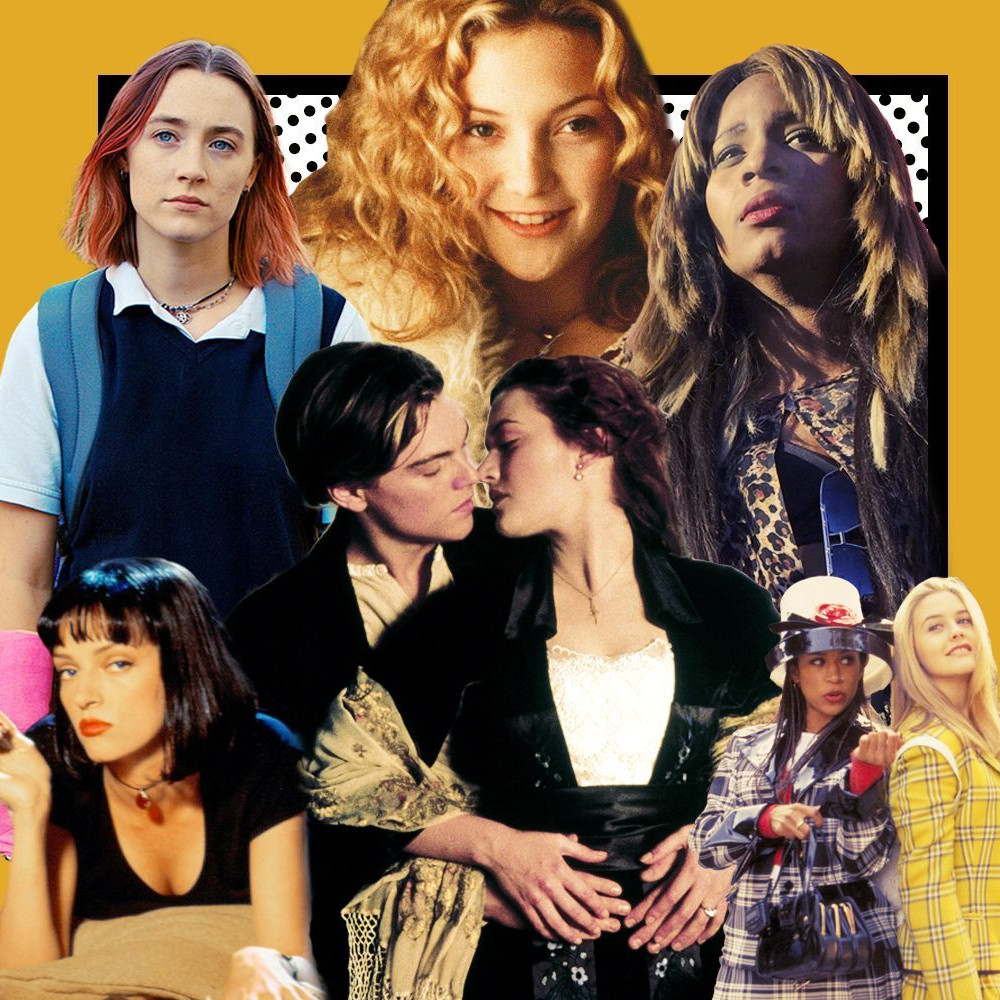 The 100 Best Movies of All Time: The Ultimate Must-Watch Films
The 100 Best Movies of All Time: The Ultimate Must-Watch FilmsWe consider these essential viewing.
By Quinci LeGardye Last updated
-
 The Best Bollywood Movies of 2023 (So Far)
The Best Bollywood Movies of 2023 (So Far)Including one that just might fill the Riverdale-shaped hole in your heart.
By Andrea Park Published
-
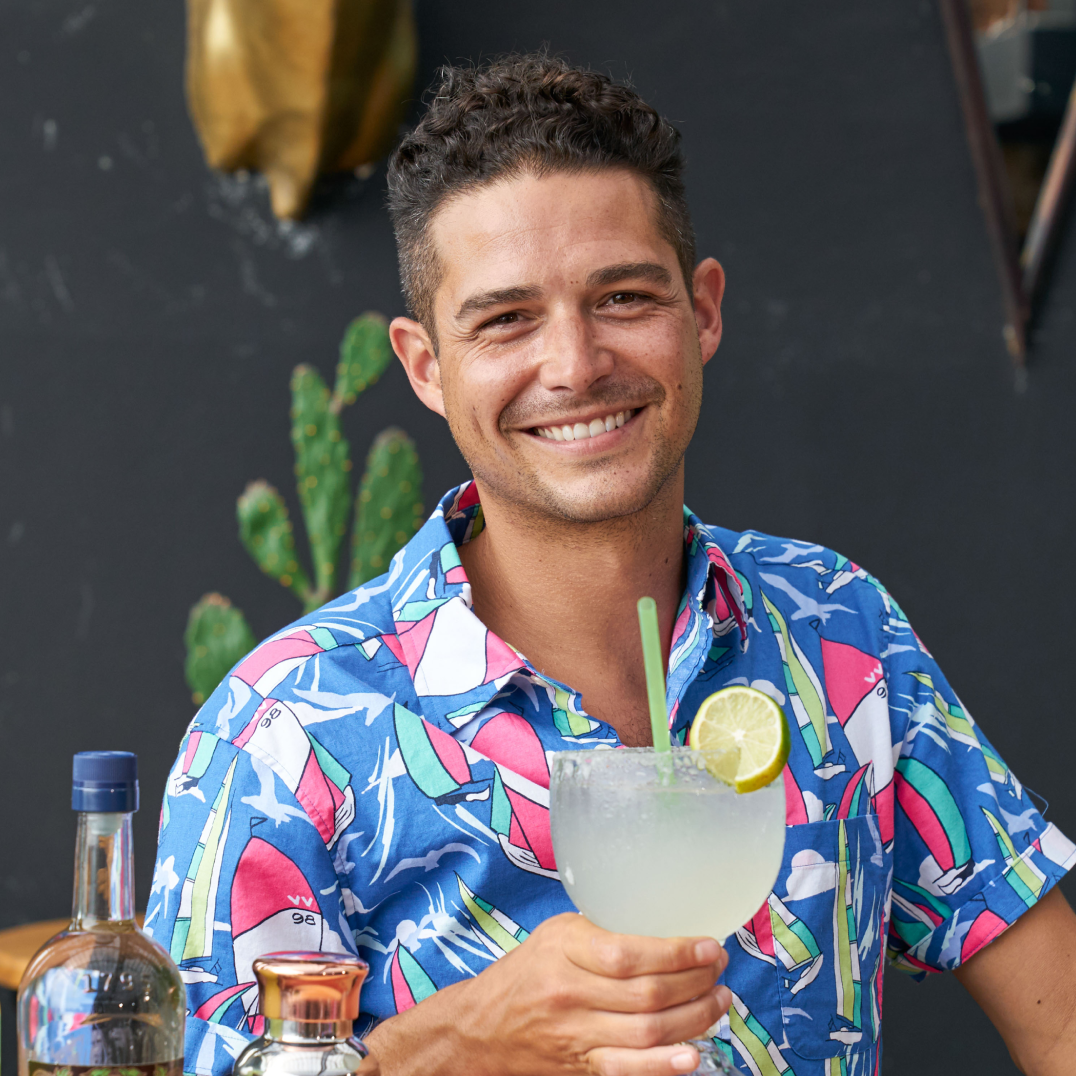 ‘Bachelor in Paradise’ 2023: Everything We Know
‘Bachelor in Paradise’ 2023: Everything We KnowCue up Mike Reno and Ann Wilson’s \201cAlmost Paradise."
By Andrea Park Last updated
-
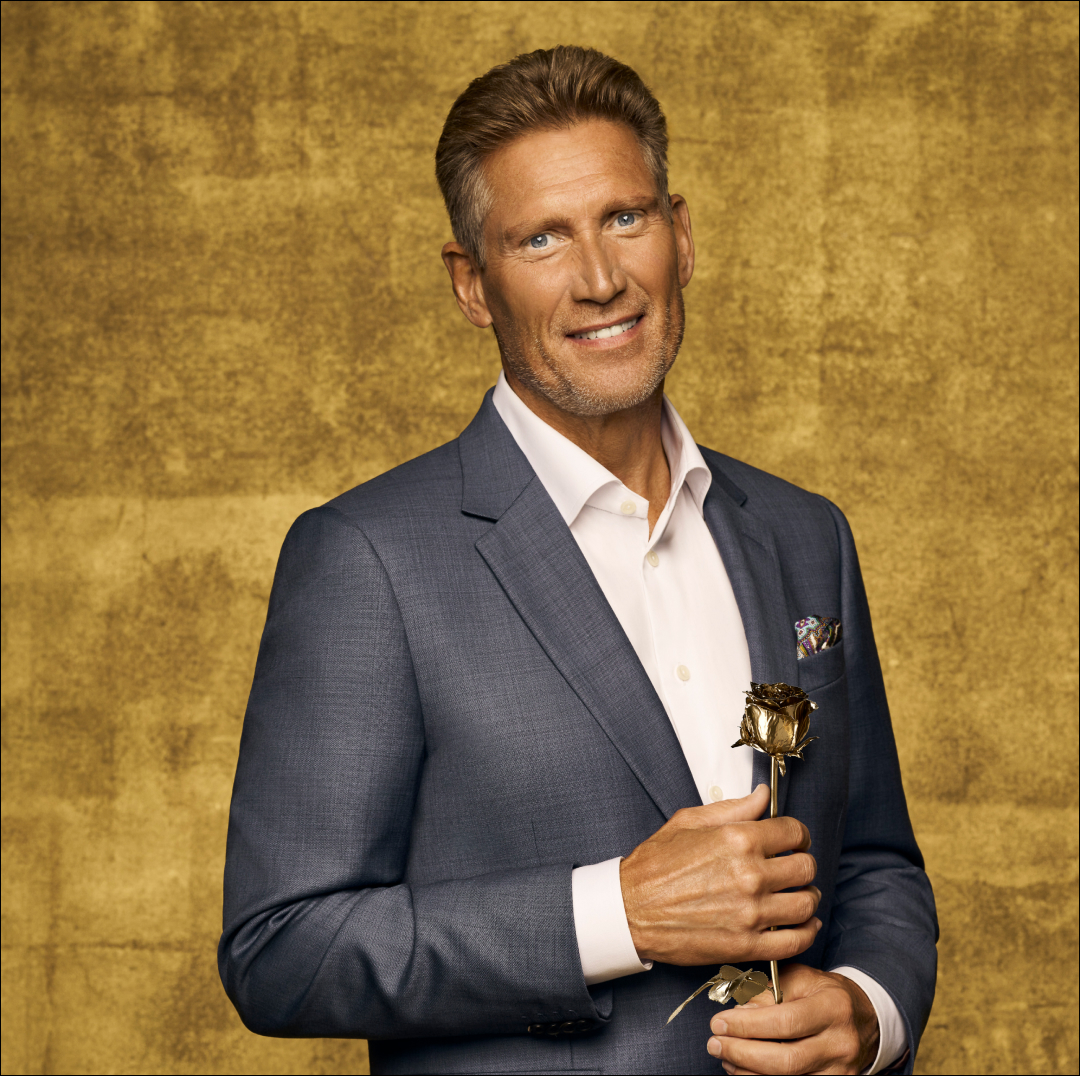 Who Is Gerry Turner, the ‘Golden Bachelor’?
Who Is Gerry Turner, the ‘Golden Bachelor’?The Indiana native is the first senior citizen to join Bachelor Nation.
By Andrea Park Last updated
-
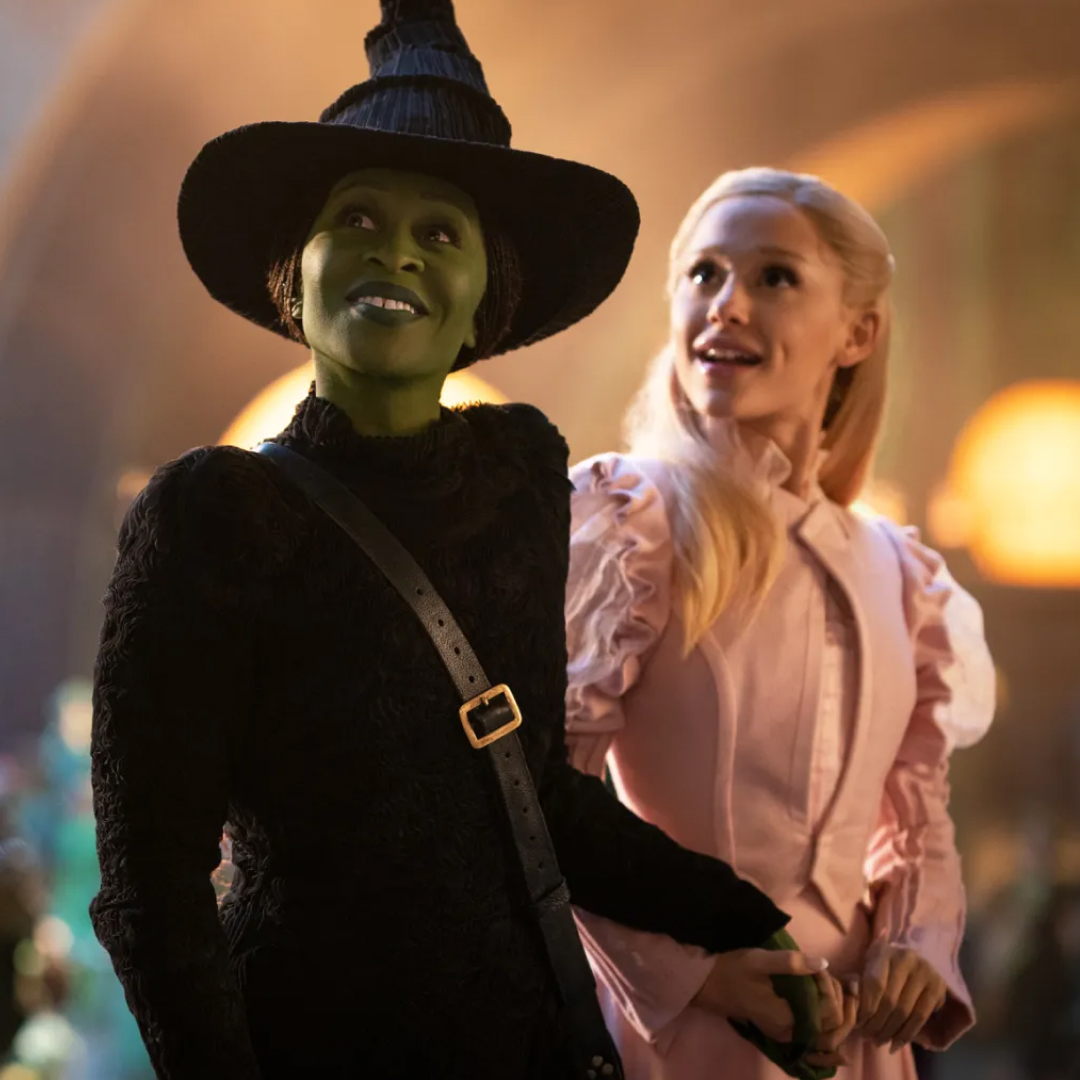 The 50 Best Movie Musicals of All Time
The 50 Best Movie Musicals of All TimeAll the dance numbers! All the show tunes!
By Amanda Mitchell Last updated
-
 'Ginny & Georgia' Season 2: Everything We Know
'Ginny & Georgia' Season 2: Everything We KnowNetflix owes us answers after that ending.
By Zoe Guy Last updated
-
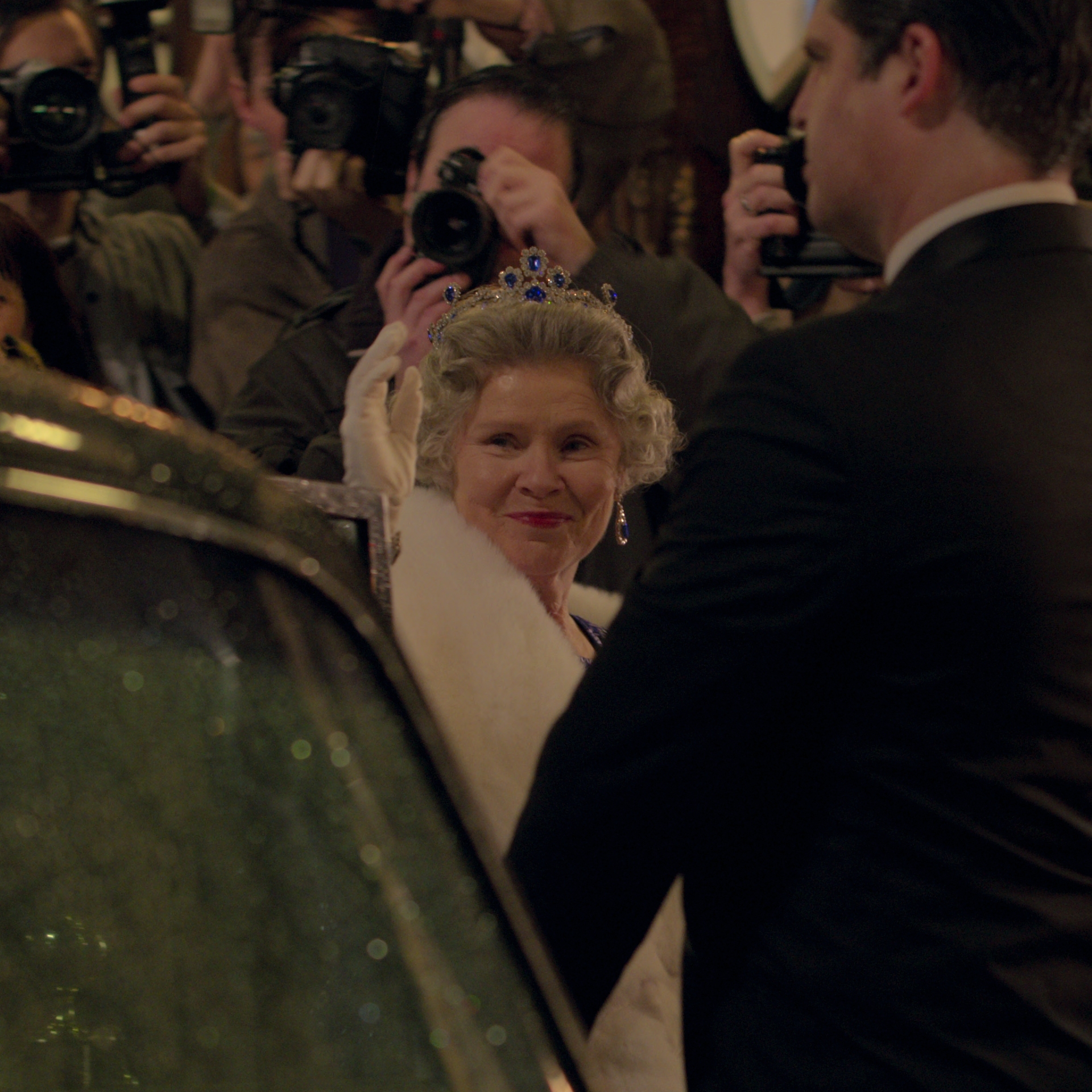 The Cast of 'The Crown' Season 5: Your Guide
The Cast of 'The Crown' Season 5: Your GuideFeatures The Mountbatten-Windsors have been recast—again.
By Andrea Park Published
-
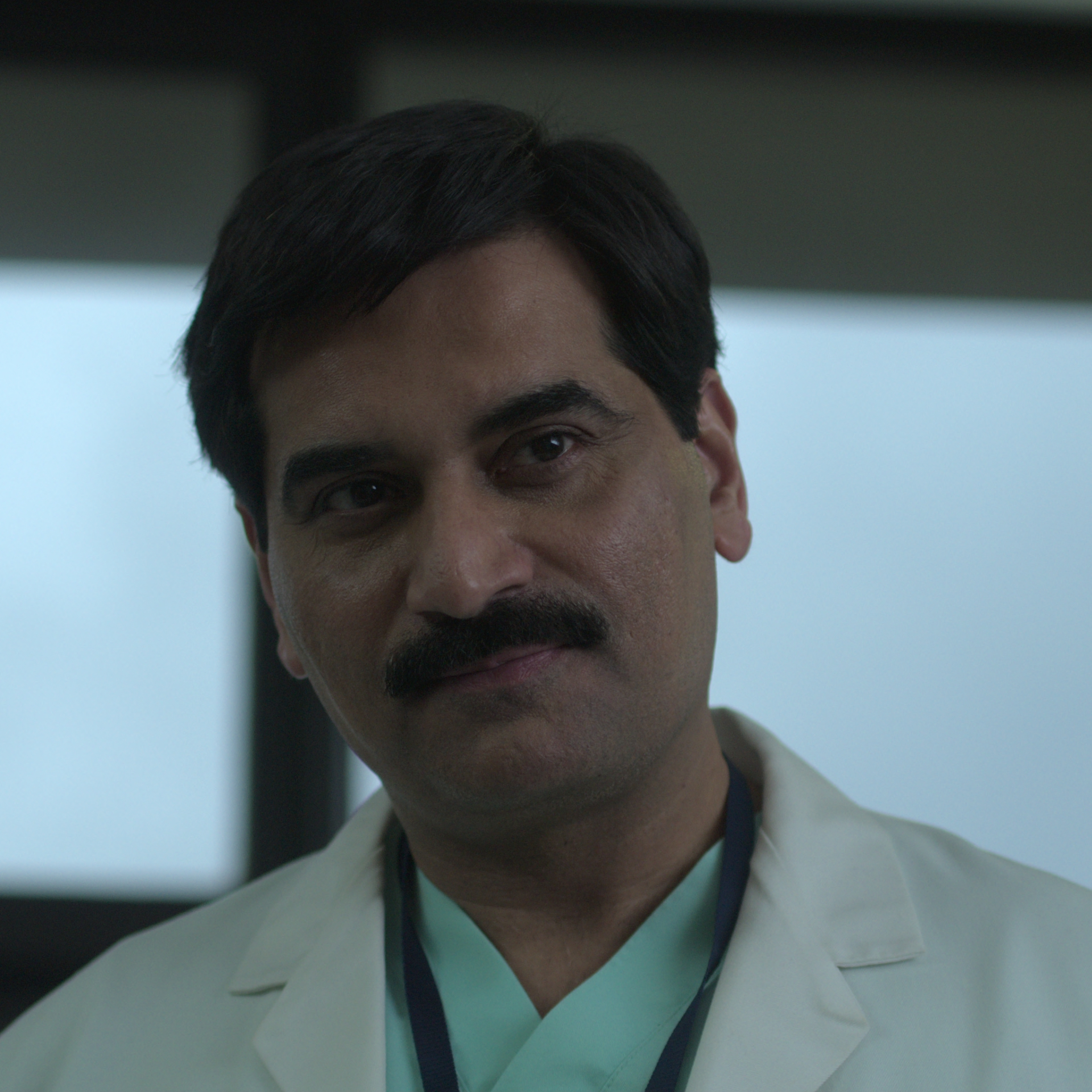 Who Is Hasnat Khan, Princess Diana’s Boyfriend on Season 5 of ‘The Crown’?
Who Is Hasnat Khan, Princess Diana’s Boyfriend on Season 5 of ‘The Crown’?Features Di’s friends have said she referred to the doctor as \201cthe love of her life.\201d
By Andrea Park Published